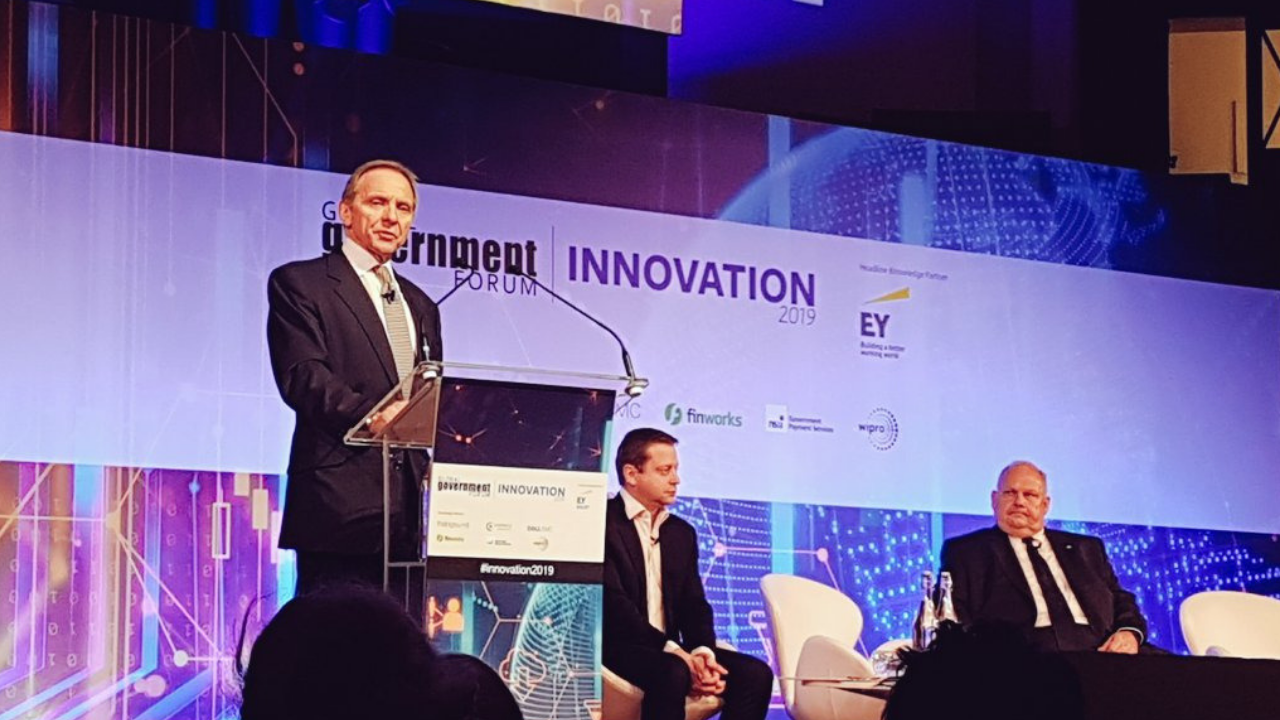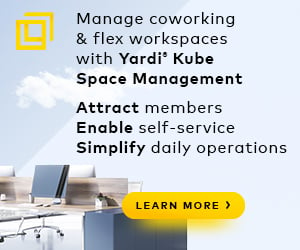It has become widely agreed that when employees are not tethered to the office, they are more likely to stay longer. An international panel at Innovation 2019 agreed, saying that the tech boost of the 2000s caused many workplaces to become more open and flexible.
“The workplace is now virtually almost all open plan. One-to-one desking is now quite rare: it’s at most eight desks for every 10 people, and often six,” said Martin Sellar, Programmes Director for the UK’s Government Property Agency. “I don’t think it’s unreasonable to think that in the civil service we may move to one desk for every five people in a few years’ time.”
Stellar said that 70% of government departments are expected to offer more efficient working standards by 2020.
Mark Gray, Director of Digital Transformation at the Crown Prosecution Service (CPS), revealed that 91% of its staff worked remotely every quarter, which in turn saved it £20 million on property costs.
Additionally, as communication technologies have improved, CPS has been able to divide teams across different regions depending on their tasks. Gray said that remote-access is accessible to most now through cloud software and video conferencing.
“Anyone who has worked in a building that’s modern, with break-out space, and in a more traditional office without one, it blows your mind,” said Sellar.

 Dr. Gleb Tsipursky – The Office Whisperer
Dr. Gleb Tsipursky – The Office Whisperer Cat Johnson – Coworking Marketing Maven
Cat Johnson – Coworking Marketing Maven Angela Howard – Culture Expert
Angela Howard – Culture Expert Drew Jones – Design & Innovation
Drew Jones – Design & Innovation Andrea Pirrotti-Dranchak – Competitive Advantage
Andrea Pirrotti-Dranchak – Competitive Advantage














